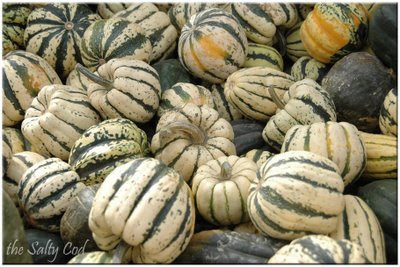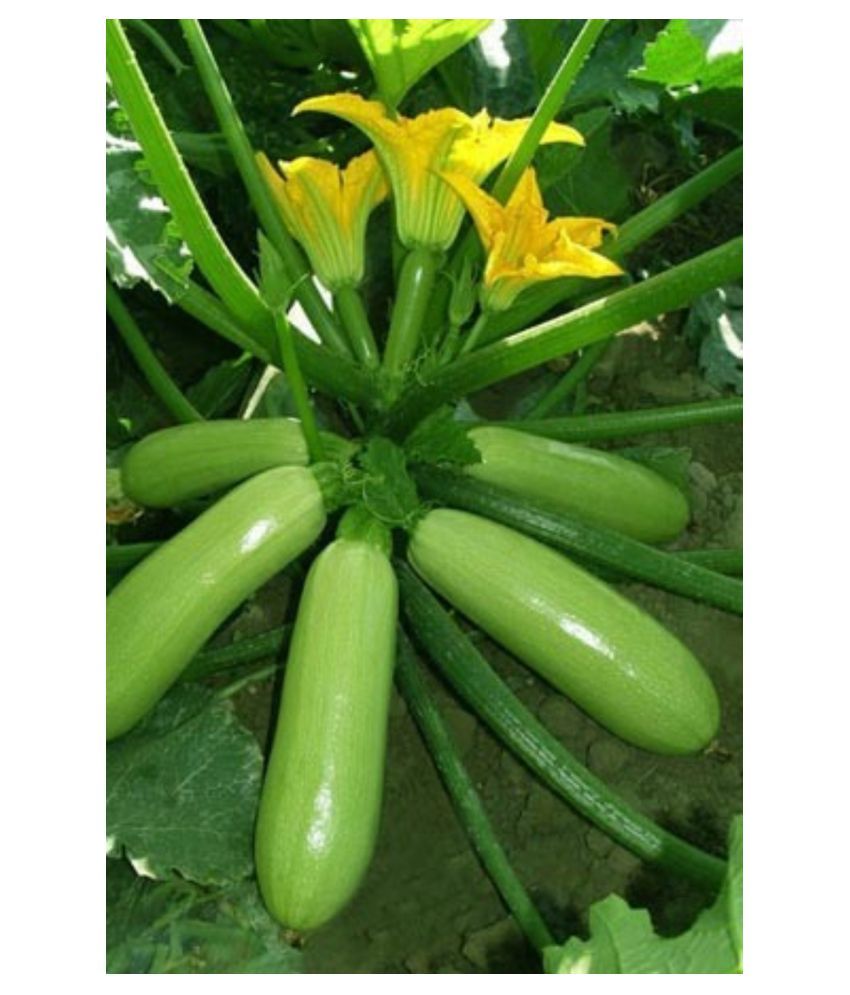
The baby Green zucchini, while no doubt was used around the same time to some degree, would not become a commercially successful variety until the 1980s when baby sized vegetables were growing in popularity among home cooks and restaurant chefs. This surge in popularity resulted in many new varieties of zucchini being developed in the following years. Zucchini quickly caught on as a popular vegetable in Southern California, so much so that merely a year after its debut in the Germain Seed catalog the 1920 catalog devoted a whole page to the great zucchini.

Then in 1919 it was renamed and first listed in the same catalog as zucchini.

In 1918 it was listed as “Italian squash” in the Los Angeles Germain Seed and Plant Co. While academic research does not mention zucchini until 1937 in the United States it is however well documented in archives of the Los Angeles Times as well as local seed catalogs as early as 1919. The United States would see its first zucchini around the time of World War I, making its way there via Italian immigrants. There are a number of species in the Cucurbitagenus, but only five of them produce edible, fleshy fruit. Mashed Butternut Squash with Blue Cheese and Pecans. Roasted Butternut Squash with Goat Cheese, Pomegranate, and Rosemary. Zucchini is believed to be native to Italy with the first documented record of it being found in a 1901 Italian seed pamphlet from Milan, the squash was named zucca quarantina vera nana. Roasted Acorn Squash with Sriracha Butter. In addition to the fruit of the plant, the leaves and the flower blossoms are also edible. Younger zucchini is chosen over mature as their seeds are barely developed and the flesh offers higher moisture content than that of mature zucchini. Cooking will mellow the flavor and the color of baby Green zucchini. Its flavor is peppery and complex with grassy undertones. Organic Green Squash Additional information Related products Organic Butternut Squash SPAIN Organic Red Potatoes (for Mash) Organic Red Peppers SPAIN. Its crisp flesh is creamy white in color with an underdeveloped seed cavity due to its youth. It can be enjoyed raw (sliced zucchini is a great, lighter vehicle for dips and spreads) or prepared in myriad ways (sauted, fried, baked, grilled, spiralized: The possibilities are endless).

#Green squash skin
Its skin is glossy and deep green in color with faint cream freckles. Pack-Shot/Getty Images One of the most common varieties of summer squash, you'll find this tubular green variety at farmers' markets across the South. Baby Green zucchini is lean, petit and cylindrical with a smaller stem end than when fully mature.


 0 kommentar(er)
0 kommentar(er)
